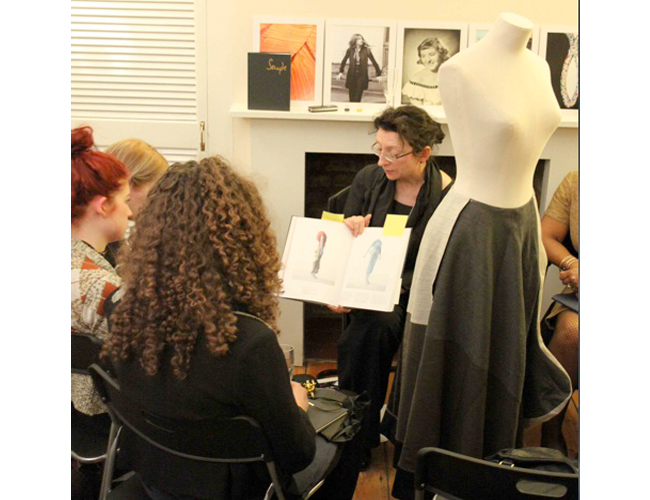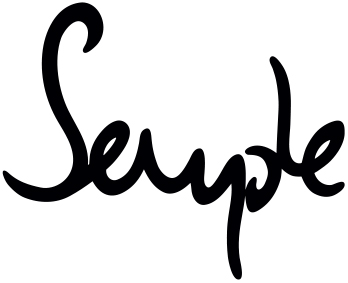
The Victoria and Albert Museum in London is the world’s leading museum of art and design and its database provides access to over 1 million objects, including fashion, furniture, ceramics, glass, metalwork, sculpture, paintings and photographs from world cultures. I met the wonderfully modest Claire Wilcox, Head of Fashion at the Victoria & Albert museum last week. We were having a catch-up on our latest ventures since we last met over a year ago when Claire was our guest at a Semple Secrets event. During that over-subscribed evening, Claire showed us one of her cherished garments that almost appeared unwearable – a beautiful Comme de Garçon skirt. Touching the material and marvelling at its ingenious design moved the audience beyond an appreciation of its aesthetic value, to discuss the ‘purpose’ of the skirt.
A year later as we sat sipping coffee in the V&A cafe, we talked about how writing about ‘objects’ has become an academic pursuit. Each researcher cites a previous writer and at each iteration the truth about an object becomes more and more obscure. Our discussion reminded me of an article that I read recently about what gets in the way of innovation.
Dr Anthony McCaffrey from the University of Massachusetts Centre for e-Design believes that when we look at an object we see what we expect and that this leads us to concentrate on the uses of it. He focuses his research on improving people’s creativity and argues that when we fixate on the use of an object rather than the object itself we are more likely to limit our assumptions about how the object can be used.
Take the invention of Velcro. When George de Mestral returned from a walk in the woods with burrs sticking to his clothing he didn’t see burrs that needed to be plucked off but rather two things fastening together. Mestral’s subsequent study of the ways that burrs fastened together led him to create Velcro.
An innovative response to a design problem lies in how you state the problem, how you strip it of context, reduce it to a specific form. So, why not try this exercise? Take any object and systematically strip away its preconceived use and you will be left with a description that is so generic that it does not imply a use.
The process of getting to the innovative core of something is what our Behind the Seams product aims to achieve. When we strip away it makes us appreciate more the original object. Take a look at our Products section of our website to find out more.
Have a great week!
Maggie Semple





